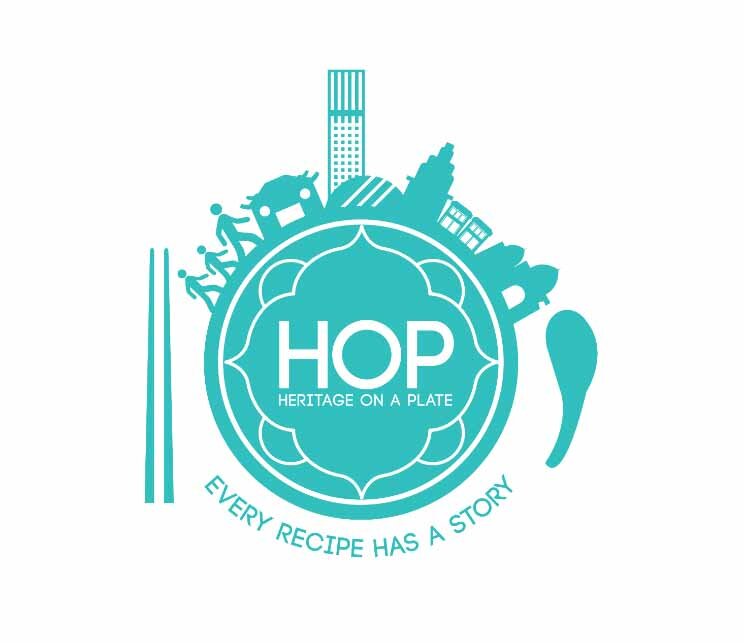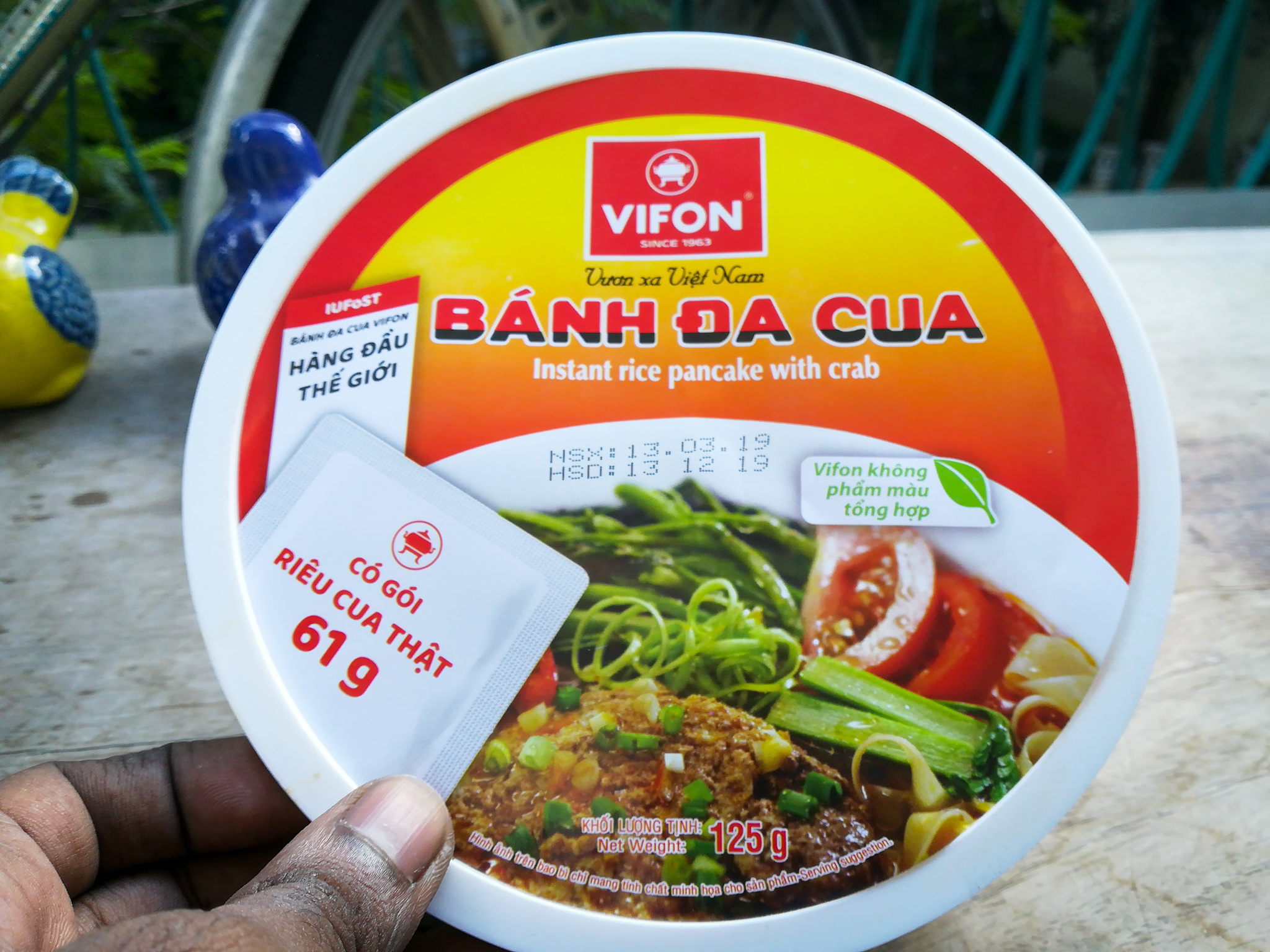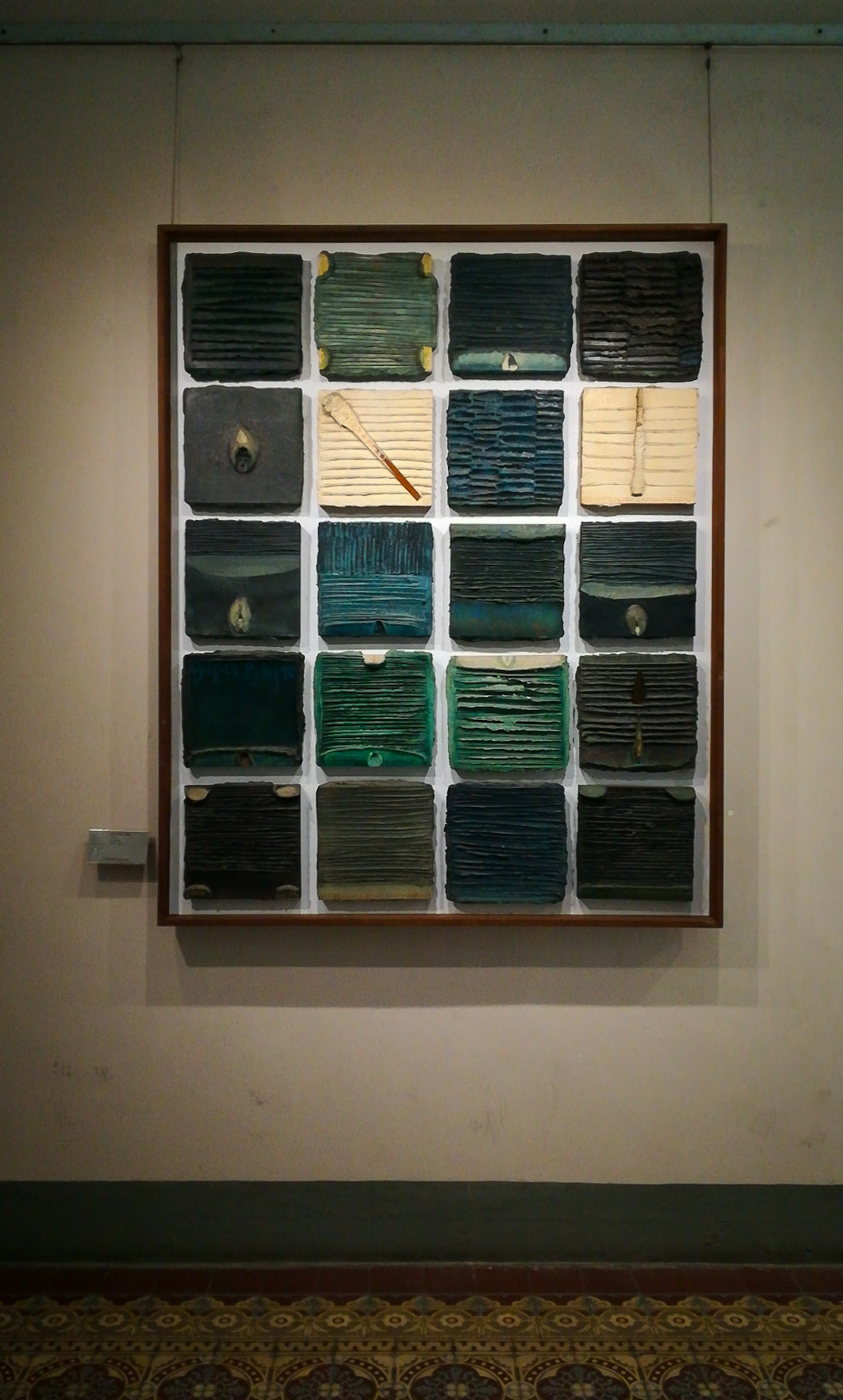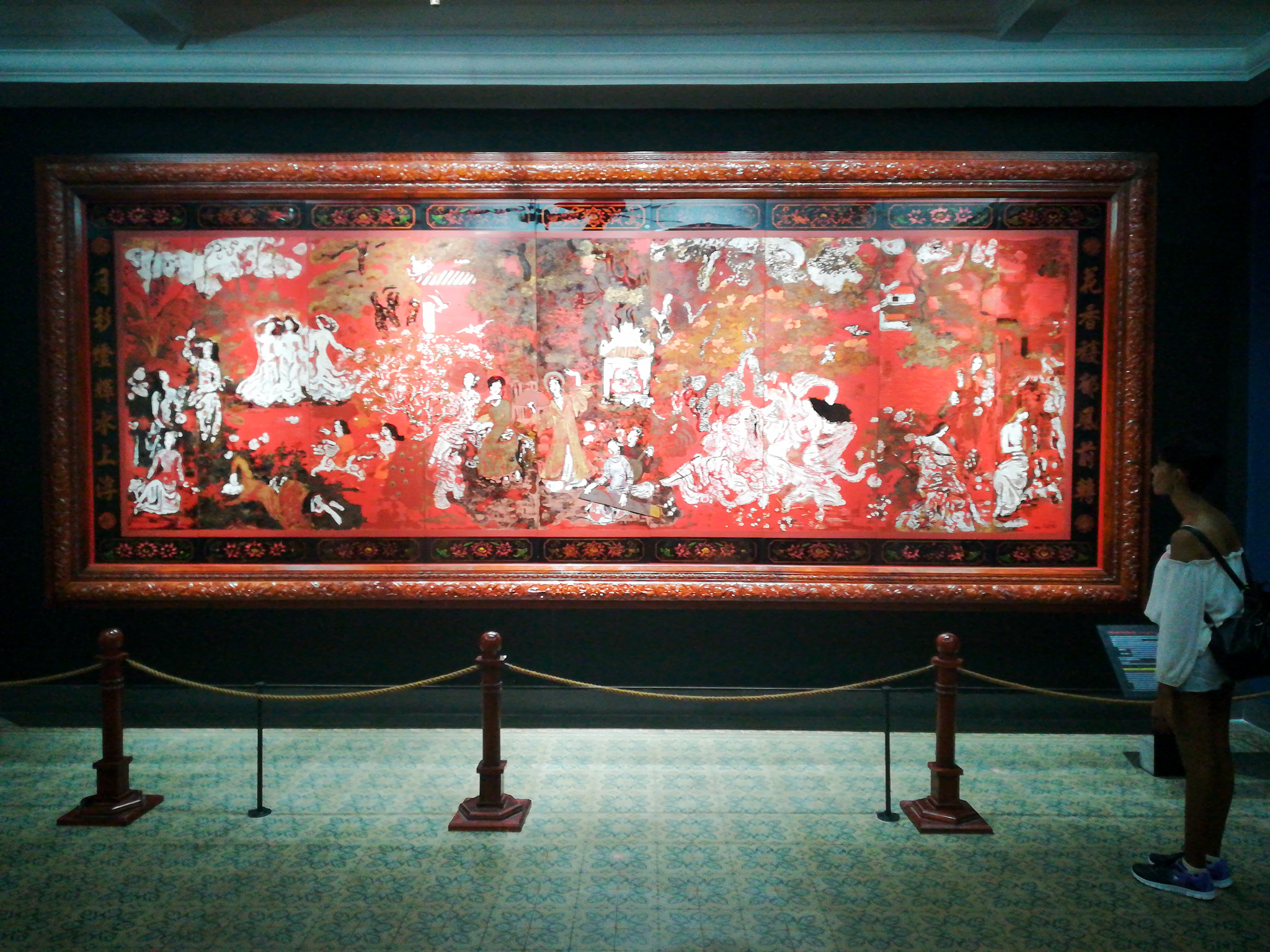Penang to Ho Chi Minh (Saigon) Part 2: Breakfast, Beer & Fine Art
Hello, friends! In Part 2 of our Penang to Saigon series, I wanted to try and document a transformative experience. Many would expect a blog post about Saigon to have pho (and we do have pho!) but as I explored the various restaurants, cafes and street food in Saigon I began to learn something about myself, and about travel.
Linh from Hidden Saigon (which you can read about in Part 1 here) convinced me to really look at what local Vietnamese were doing and to shed any hangups or preconceptions I might have about what “authentic“ should look like from my perspective as a tourist. Over the weeks and months that have passed, I’ve realised just how valuable that advice was.
A Breakfast of Champions
Have you heard of Family Mart? Whether you’ve just finished a long shift or when it’s the end of the month and you’re trying to make it to the next paycheck, this Japanese convenience store franchise has got your back. With all the usual necessities, but also affordable hot meals, for some of us Family Marts are lifesavers.
The first day I walked into a Family Mart here, it was full of Vietnamese students and young office workers grabbing lunch. It certainly isn’t the kind of instagram-able locale one expects from a trip to Vietnam, with a backdrop of rolling hills and golden paddy fields. But then again, that was just the kind of expectations I was looking to break on this trip.
Affordable, tasty and popular among students and office workers , the local instant noodles were actually pretty decent. I enjoyed having a hot bowl on my balcony with some coffee before heading out for the day.
Using my incredible powers of observation (I asked around), I found one of the most popular instant noodle meals the locals liked and got myself one. It was actually… pretty good?? Definitely a throwback to my student days of hot noodles and a boiled egg, but a lot more satisfying as an early breakfast than I thought it would be. Perhaps it was just a type of nostalgia. But the next time I need a quick and cheap snack in HCMC, I’m going to do what the kids do and get some instant crab noodles.
I’ll admit to feeling a bit sheepish starting off with instant noodles. Look, we’re told we need to travel a certain way and do certain things to make the most of the trip. I’m… not a fan of that. But it’s hard to break an ingrained expectation and it’s easy to feel like you’re doing something wrong, even if you’re just grabbing a quick snack.
My response to that is: eat whatever you want.
A Second Breakfast of Champions
Look, I don’t judge people who have beers before 11am on holiday. Mostly because I am those people.
HCMC has some of the best microbreweries and craft beers in Southeast Asia. If you’ve visited Malaysia before, you probably know that craft beers here cost a small fortune, and that’s if they’re available at all. The laws here restrict brewing (in fact, it’s a monopoly) so you know I had to get some of that tasty tasty craft beers on my trip to Vietnam.
We went to visit East West, one of the most popular modern microbreweries in HCMC. Located in the heart of District 1 at Ly Tu Trong Street, EW specialises in a fusion of different crafting traditions to create some interesting flavours. We ordered the King’s Flight for 10 different choices from their menu, along with shakshouka and gorgeously cooked medium-rare pork collar with greens (which I didn’t get a picture of because I ate it.)
*Hic*
The large morning breakfast (and alcohol) got me into a reflective mood. What would I have missed if that conversation with Linh never happened? How many amazing culinary delights would I have scoffed at, in the pursuit of the elusive but somehow always mysteriously conflationary “authentic?“
This train of thought gave me a lot to chew on (zing!) and it led me down a pretty dark train a thought. You see, South East Asia is a very diverse place. Despite conflicts and politics, multiculturalism has been the norm in this region for a very, very long time - this includes the sharing of culinary influences and a fluid sense of identity. Then the colonial powers showed up and f^cked sh^t up and sh^t has stayed pretty f^cked up since.
And I can’t help but notice how much our ideas of the authentic are rooted in a sort of romanticised colonial view of the region (orientalism, if you will.) Come see a place of wonder and mystery, where the simple folk live difficult but spiritual lives. Part of this narrative is certainly true, the best kind of false narratives twist the truth into unrecognisable parodies.
What about the young Vietnamese designer who runs an anime-inspired streetwear boutique? What about the Vietnamese chef making some damn good shakshuka, or the bartender making pho martinis? Do we tell them they aren’t really “authentic?“
Who decides what counts as “authentic“ to the place anyway?
The more I thought about it, the less I liked the answers. Anyway, here’s a picture of some damn good shakshuka.
Friends. FRIENDS! This shakshuka? This shakshuka right here? *Chef’s kiss*
The Ho Chi Minh City Museum of Fine Arts
After my reflection on travel, authenticity and colonial legacy it was time for some light-hearted fun. To the Museum!
OK, so maybe it wasn’t all flights of fancy and pastel peony fields. The Museum of Fine Arts History is a somewhat sombre affair, at least it was for me. The museum is housed in beautiful Straits Eclectic-style mansions, each of the three buildings representing specific eras in the nation’s history (cough.) The grounds itself used to belong to a Fujianese merchant family who uhhhhhhhhhh let’s say aren’t around anymore.
Yes. Many blue. Much art.
It’s hard for me to articulate my feelings about this place. There’s a kind of elation and at the same time, sadness, from seeing such beautiful works of art housed in a historic building. It’s a kind of electricity that runs through the walls tiles and through the pieces themselves, buzzing with layers of story. But the building itself suffers, like many of its ilk, with disrepair and rot. There a dissonance to the preservation of art - ostensibly to make it available indefinitely - and the obvious signs of decay that invade that idea from all sides. Or perhaps it is that very thing that makes art worth appreciating.
Anyway, you should totally visit the museum.
I rate this 100 arts.
My trip to Ho Chi Minh has given me a lot to think about. And although I write here mostly about food, I’m very aware that what we eat is inextricable from where and how we live. Food is a kind of art, and like great paintings or installations, it can tell us a lot about ourselves. In that way, I think there’s a parallel here between my feelings in the museum and how I feel about the food we eat.
Food is an insight and record of history, culture, personality and creativity. It can contain brilliant flourishes as well as practical necessities. It can be suprising, challenging, changing and often times, not at all what we were expecting. Like art, food is a vital part of a culture’s identity. But that identity cannot become artificially fixed on some imagined point of purity. If it does, it stagnates and disappears. Food, like art, must change and grow.
There’s a sort of paradox in trying to preserve culinary culture. It is an impossible task that at it’s best, can only seek to document for a little while a specific point of a society’s story. Food, like art, must be transient.
The question is, who gets to decide which direction it takes?
Picture credits Danny & Illa






